Adobe Lightroom Profiles
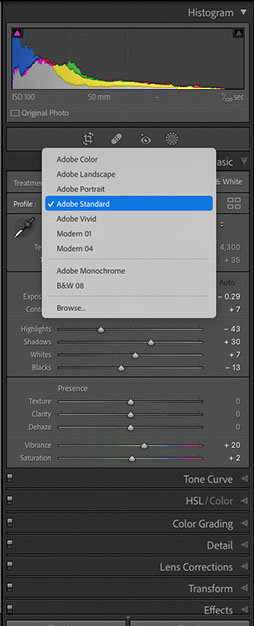
But wait, there’s more. Click the Browse button to open the Profile Browser shown next.
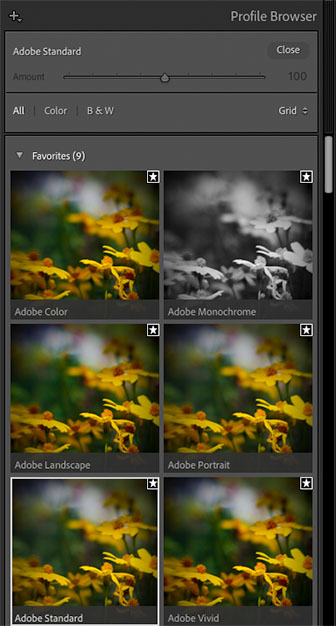
Run your mouse over a profile you like and your image updates to show you what that profile looks like on your image. Click the profile to apply it to your image. There are lots of profiles. Use the Amount slider below the profile to determine the amount applied to the image. Drag the slider left to apply less of the profile (which shows more of the original profile,) or right to apply more of the profile. Use the scroll bar to view all of the profiles. After applying a profile to your image, a star appears. Click the star and the profile is added to the drop down list as a favorite.
The following image shows four profiles as applied to an image of wildflowers. The upper left profile is Adobe Landscape, the upper right profile is Adobe Vivid, the lower left profile is Adobe Artistic 04, and the lower right profile is Adobe Vintage 03. If the camera you captured the image with has profiles, those will be in the Profile Browser as well.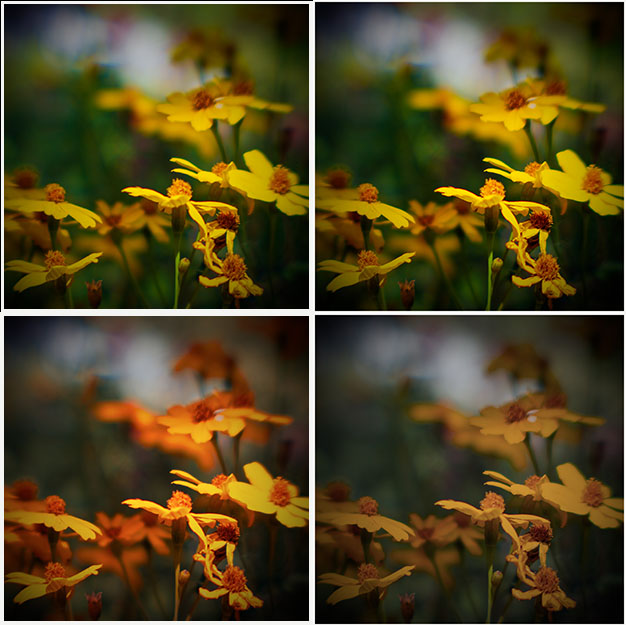
A trip into the Profile Browser is always my last step when processing an image. Try it. You’ll like it.
My Favorite Photography Books
As a photographer, I get inspiration from other photographers. Gazing at images created by master photographers is inspirational. In addition to looking at images, also read books about photography. And they are written by some of my favorite photographers. The following is a list of my favorites:
 The Moment It Clicks: Photography Secrets from One of the World’s Top Shooters
The Moment It Clicks: Photography Secrets from One of the World’s Top Shooters
Joe McNally
I met Joe McNally at Photoshop World in 2010. He had a great presentation about lighting techniques. His book is chock full of tips and tricks about photography. This is a coffee table book with stunning images and information about how he created the photographs.
Within the Frame
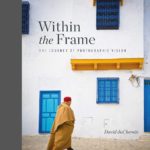 David duChemin
David duChemin
This is another book full of compelling images created by a master photographer. David insists that it’s not about the gear you have, it’s about vision, stopping when something piques your curiosity, and then taking a picture. David talks about picking the low-hanging fruit, that’s your first image. But is there an image within the image. Pick the low hanging fruit and then create more images before you move on. Great advise. Great book.
Light, Gesture & Color
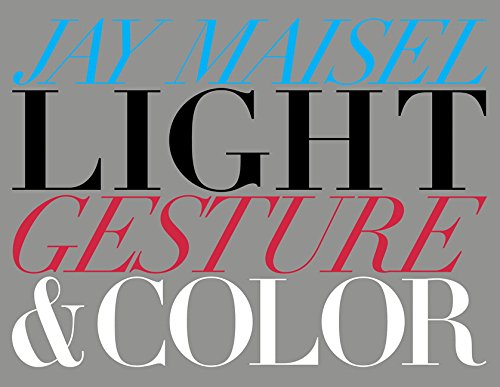 Jay Maisel
Jay Maisel
Jay Maisel is another photographer I’ve had the pleasure of meeting. In his first book, he shares what he’s learned from a lifetime behind the lens. Jay writes about what he considers to be the three most important aspects of street photography: Light gesture, and color. This is another book about seeing. It’s about plucking the extraordinary from the ordinary. At Photoshop World, Jay told a story about his friends asking him what he’d shot that day. His answer was the arrow in the FedEx symbol. His friends laughed and said there was no arrow in the FedEx symbol. Jay showed them a picture that proved them wrong.
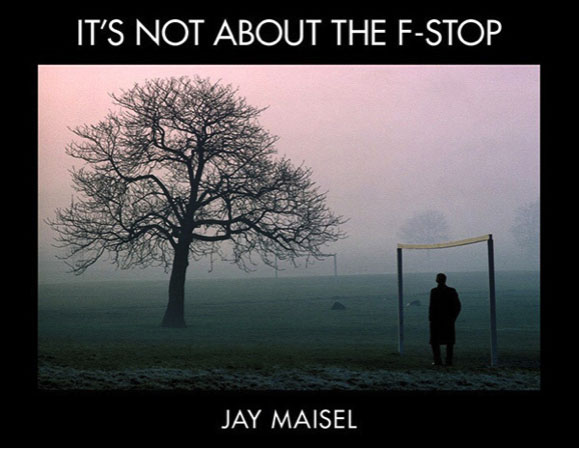 It’s Not About the F-Stop
It’s Not About the F-Stop
Jay Maisel
Jay is a great photographer who shares his experience in this book. Jay’s second book is another tome that deserves space on a coffee table, and it deserves more than one read. Jay teaches you how to see as a photographer.
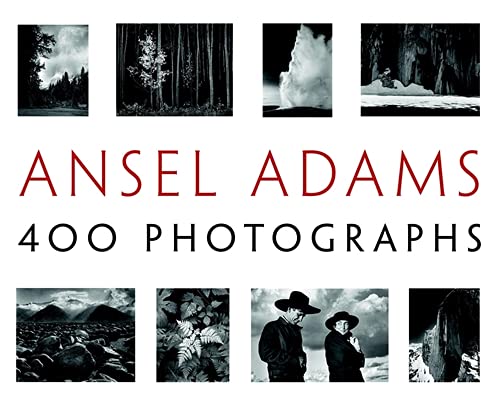 400 Photographs
400 Photographs
Ansel Adams
This is a stunning book of black and white images created by a master landscape photographer. The book is filled with photographs. Under each photograph is a caption. ‘nuff said. Great book.
Those are some of my favorite books on photography. Leave a comment and tell me which photography book is your favorite.
The Decisive Moment
Henri Cartier-Bresson waxed poetic about the decisive moment. The decisive moment is that split second of action that defines the situation. If you capture the decisive moment, you create a compelling image. The decisive moment is not luck. And it is more than being in the right place at the right time. To capture the decisive moment, you have to be alert, or in the moment. When you see action unfolding, you use instinct, and luck to capture an image at the decisive moment. Granted it’s easier in this day and age with cameras that can capture several frames per second.
But you still need to be prepared. Choose a spot where action will unfold. This might be a street corner when photographing people, or behind a tree when photographing wildlife. Choose the right lens for the situation. In most cases that will be a telephoto lens so you can get close to the action. Then all you have to do is wait, anticipate the decisive moment, and press the shutter button.
The following image was created with a Tamron 200-500mm zoom lens at f/2.8. Cast net fishermen discarded their unwanted fish, which created a feeding frenzy. I waited till this brute clambered up the bank and opened his gaping mouth.
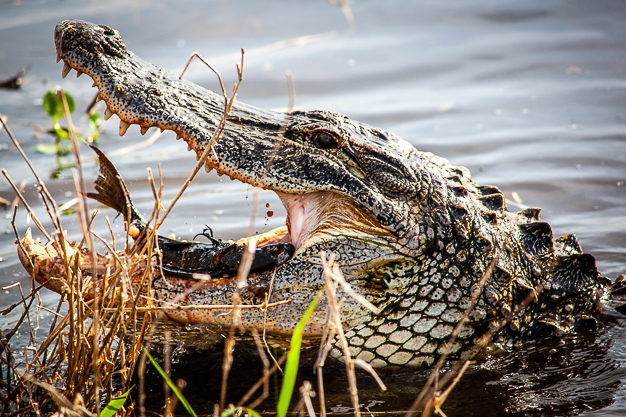
Finding Beauty in Your Back Yard
When you think you’ve run out of ideas for great photographs, grab your camera and your favorite lens. If you live in an apartment, observe all the little knick-knacks you’ve collected over the year, things like the window shades and other architectural elements. You’re bound to find something you can tun into a compelling photograph. If you live in a house, take a look in your backyard. If you have a flower garden, you have plenty of fodder for good images. The following images were taken on the lanai of the home I live in. Observe. Imagine. Create.
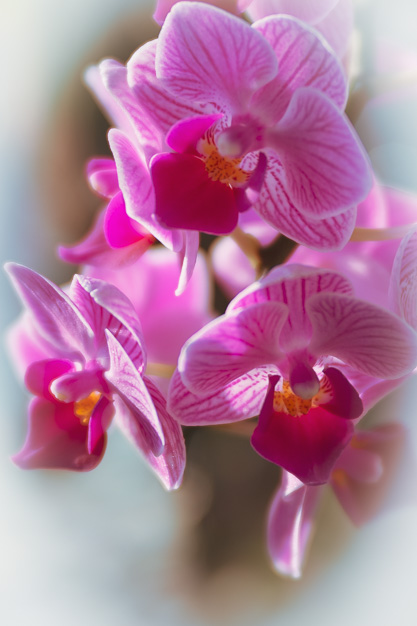
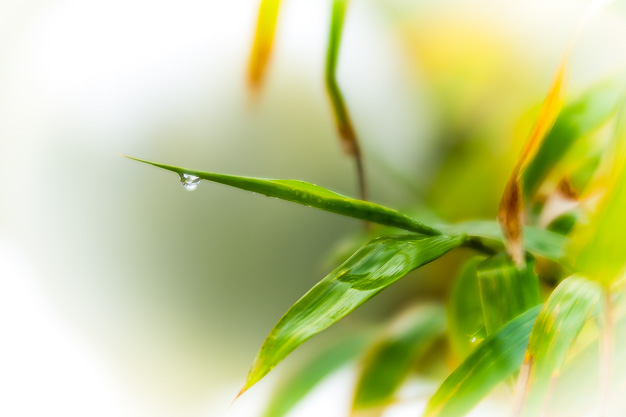
Shooting with the Sol 45 and Trio 28 in Bright Light
I’ve been a Lensbaby shooter since 2005. Two of my favorite Lensbaby products are the Sol 45, and the Trio 28. They both have a fixed aperture of f/3.5.
The Sol 45 is a 45 mm tilt-shift lens. Tilt the lens to shift the focus to the desired part of the frame. The Sol 45 also has bokeh blades that are used to change the look of out-of-focus parts of your image. For micro 4/3rds cameras, Lensbaby makes a Sol 22, which is a 22mm tilt shift lens.
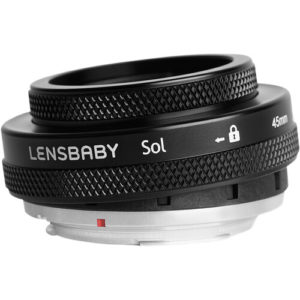
The Trio 28 is my favorite all-in-one Lensbaby. It has a 28mm focal length, with three distinct looks: Sweet (an optic creates a sharp central sweet spot of focus surrounded by gradually increasing blur), Velvet (an optic that has a sharp yet dreamy central area of focus with delicate glow from edge-to-edge), and Twist (a Petzval inspired optic design, gives you a large sharp central area of focus surrounded by twisty, swirling bokeh).
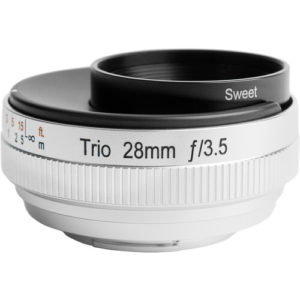
Both lenses are great unless you’re shooting in bright light. Images you try to create in bright light will be overexposed even at your lowest ISO setting. The solution is a neutral density filter. Both lenses have 46mm front filter threads. Use a neutral density filter to reduce the amount of light that reaches the sensor. I use a variable neutral density filter to dial in the desired shutter speed for the image I want to create.
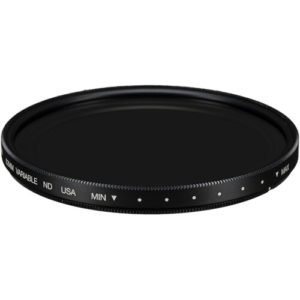
The following image was created with a Sol 45 in bright afternoon sunlight. I used a 46mm variable neutral density filter to reduce the amount of light reaching the sensor, which gave me a properly exposed image.
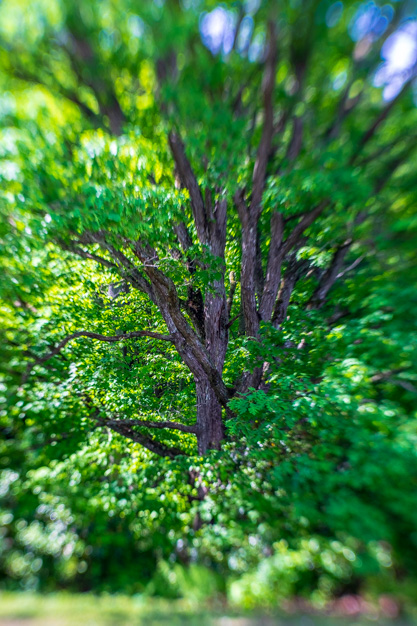
Video created with my iPhone during our 2021 September vacation out west.

Recent Comments